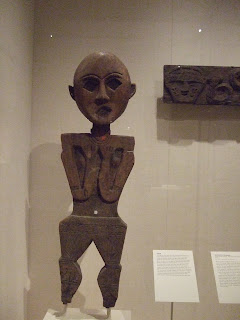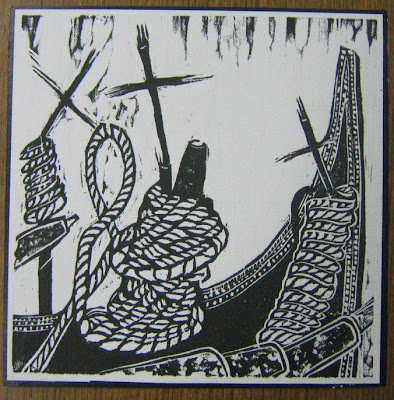

Put hand inside
Glove puppetry (
POJ: pò͘-tē-hì;
Chinese:
布袋戲;
pinyin: bùdàixì), also known as
budai mu'ouxi,
shoucao kuileixi,
shoudai kuileixi,
chang-chung hsi (
pinyin: zhǎngzhōngxì),
xiaolong, or
zhihuaxi is a type of local opera using cloth
puppets that originated during the 17th century in
Quanzhou or
Zhangzhou, in
China's
Fujian province, and has been historically practiced in Quanzhou, Zhongzhou,
Chaozhou in
Guangdong,
Taiwan, and other parts of southern China. The puppet's head uses wood carved into the shape of a hollow human head, but aside from the head, palms, and feet, which are made of wood, the puppet's
torso and limbs consist entirely of cloth costumes. At the time of the performance, a gloved hand enters the puppet's costume and makes it perform. In previous years the puppets used in this type of performance strongly resembled "cloth sacks," hence the name, which literally means "cloth bag opera."

set



popular place for the puppet
perfomance
Glove puppetry (pò͘-tē-hì) performances, similar to those other types of
Chinese opera, are divided into a first half and a second half show. During the first half, known as the "show platform" (戲台), the audience is shown a demonstration by a master puppeteer on the stage. The second half consists of the puppet master, the orchestra, and the spoken parts. Several key points of a show to be appreciated include: the dexterity of the master puppeteer's manipulation of the puppet, the accompaniment of the orchestra, and the poetic spoken parts of the
voice actors. With few exceptions, from traditional pò͘-tē-hì to modern performances, human vocal music and operatic singing is rarely heard.
the most popular puppet

full of a lot of people



















































